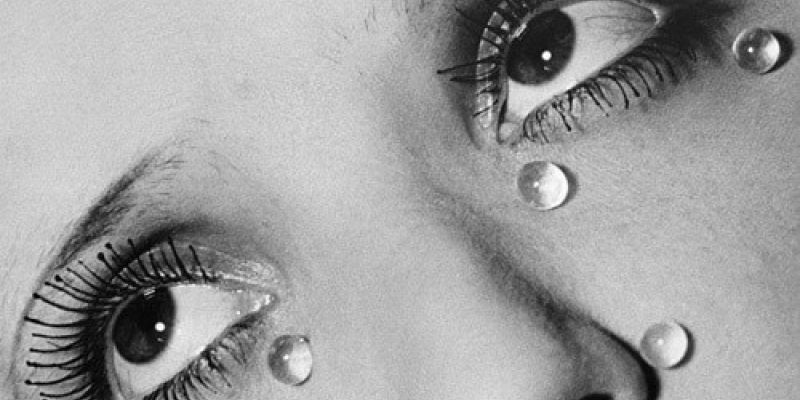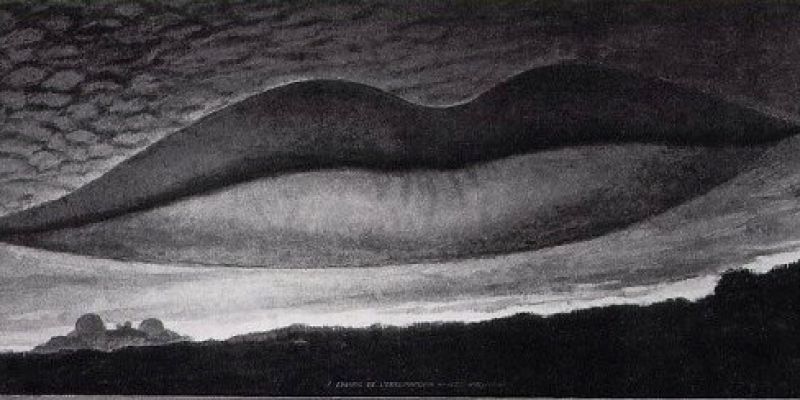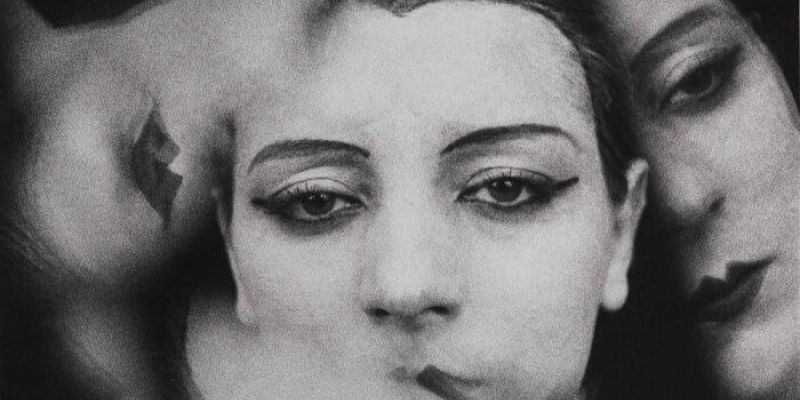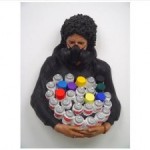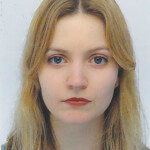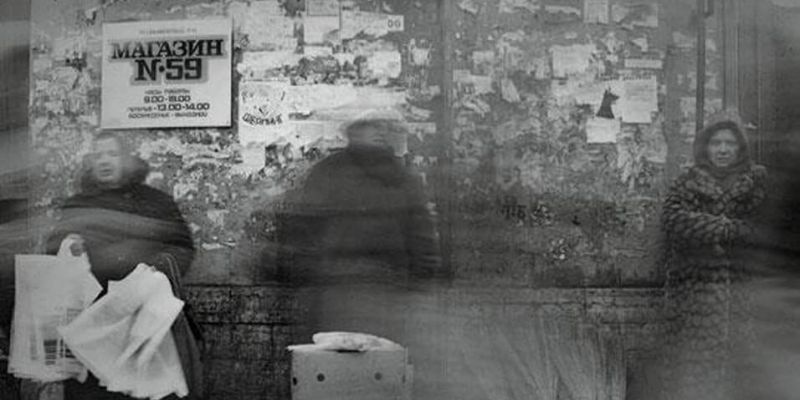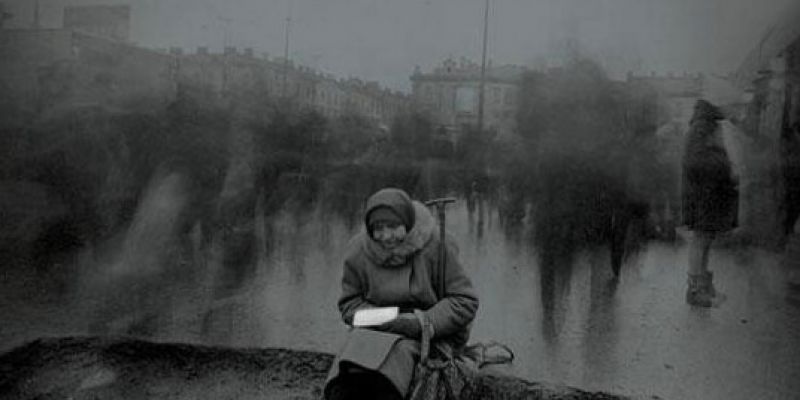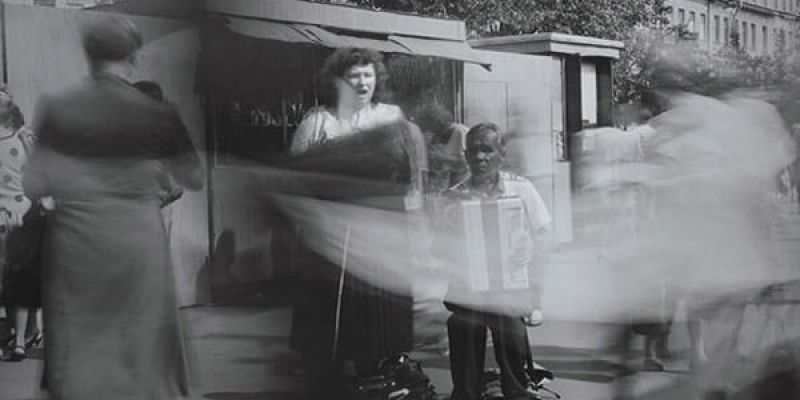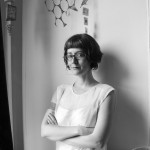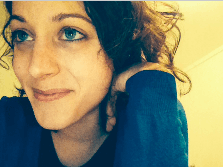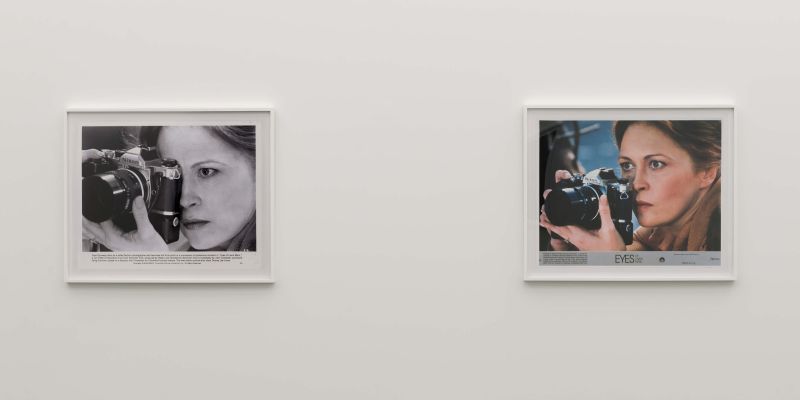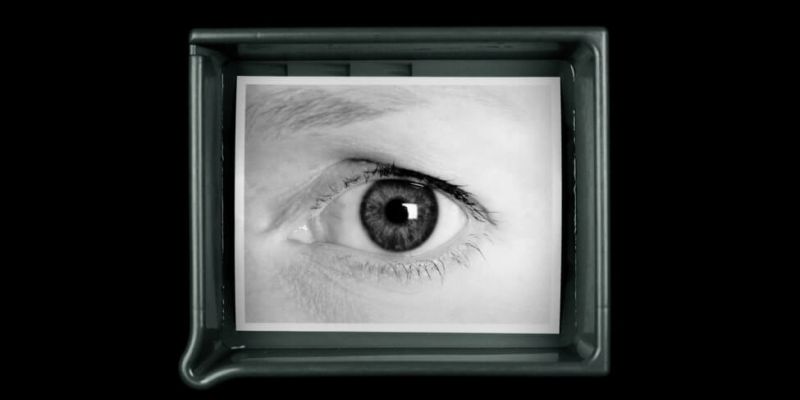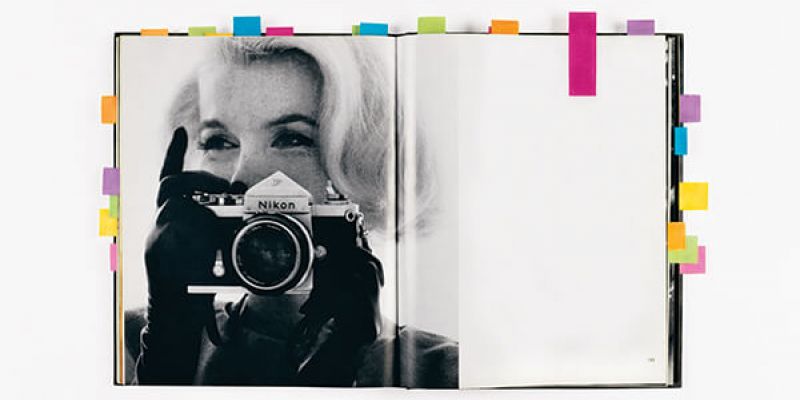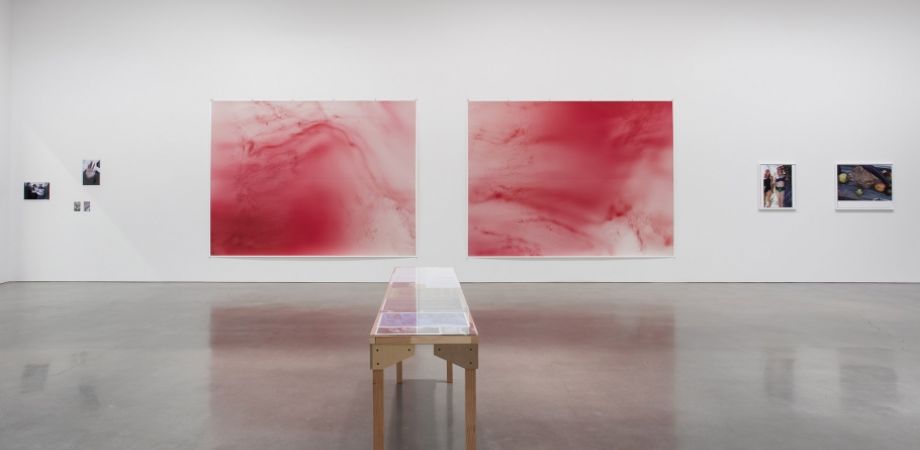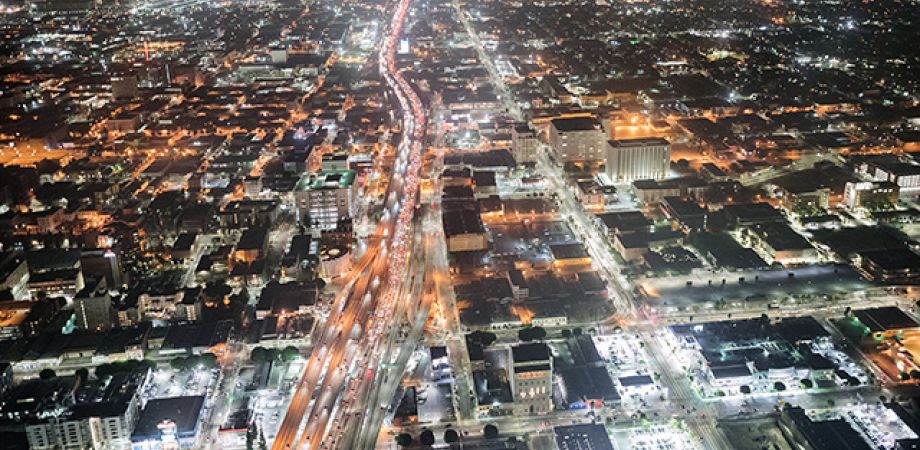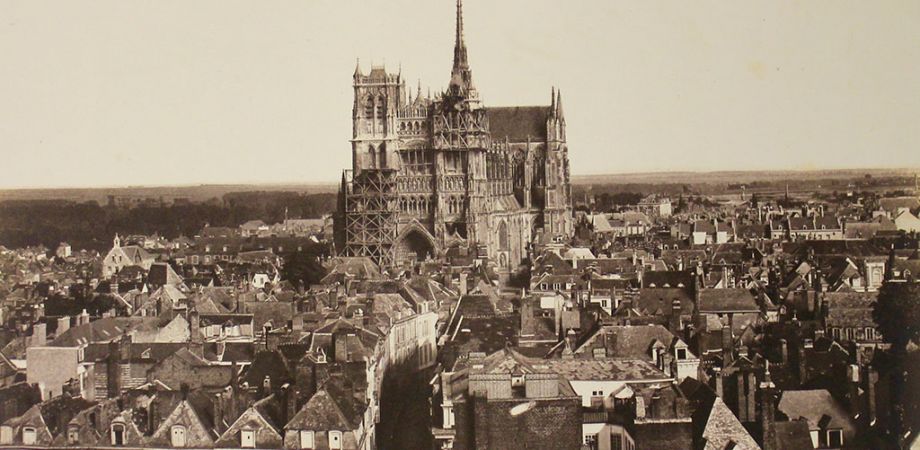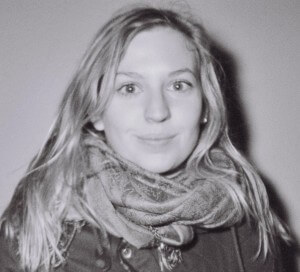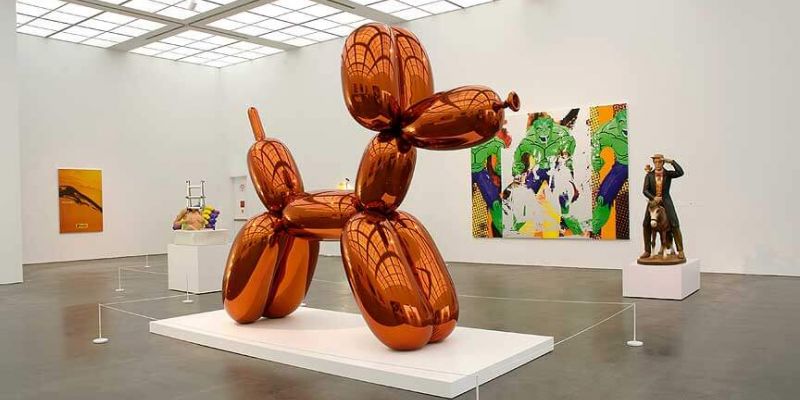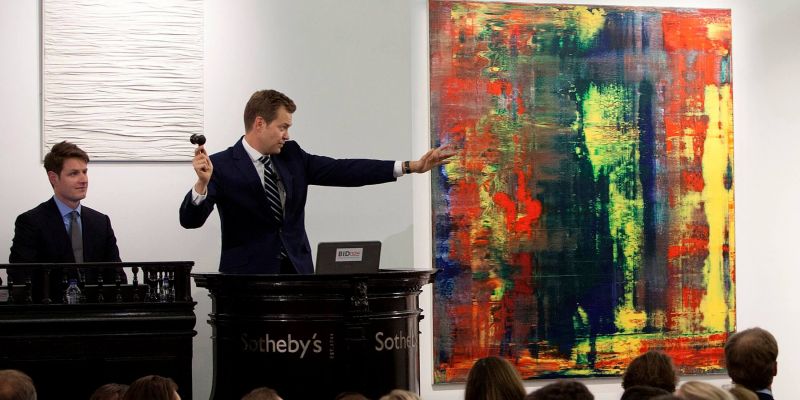Interview with Gemma Padley
Photography journalist Gemma Padley will be taking over our Instagram feed during the run of Photo London. LPD took the opportunity to chat with Gemma about her impressive career to date and her thoughts on the photography scene in London.
Sarah Allen: How did you get involved in this field?
Gemma Padley: I started out as lots of people in this industry do by interning at as many editorial/media places as I could. One of these was at BJP, shortly after I moved to London in 2007. I was doing a post-grad diploma in Journalism at the time and leant so much from working on a busy arts magazine alongside studying. Before this I studied English at university and had developed an interest in photography, but knew early on that I was more interested in writing about photographs and telling other photographers’ stories than trying to be a photographer myself. I still enjoy taking pictures for me, from time to time, and feel it’s important to have a good understanding of the workings of photography so I can relate to photographers. Although I would never claim to know what it’s like to be a photographer and to make a living this way. I imagine it’s probably as challenging as making a living through writing though! I guess we all do it for the love of it, which is as good a reason as any I suppose.
What are the most interesting trends you’ve noticed recently in photography?
Hmmmmm, I won’t be breaking new ground by saying this, but there’s certainly a trend (which has been going on for a while now), of people working across mediums – looking at where photography meets sculpture/collage/painting etc. There’s a lot of interesting quite conceptual-based still life around too, and within photojournalism people are tending to pursue longer-term, slower, sometimes more personal projects. This could be attributed to changes within the editorial market, as budgets decrease and commissions become harder to win, photographers are taking matters into their own hands. I don’t want to infer that there are no longer opportunities within editorial photography, but things are undoubtedly more difficult, and I think it’s great that photographers are reacting to this in a positive way and finding other ways to make the kind of work they want to.
What recent exhibitions / fairs have you found really exciting or engaging?
I loved the Christopher Williams retrospective, which is currently at the Whitechapel Gallery, but it’s not an easy show. There’s little to guide the visitor in terms of panel texts, labels, etc, It’s one of those exhibitions that if you go with an open mind, wanting to think, wanting to work hard to find meaning or understand what’s going on, then you’ll be rewarded.
If you could buy the work of one photographer who would it be?
Great question! I have so many favourites it’s hard to say… I’m a sucker for beautiful, enigmatic portraits by photographic masters like Paolo Roversi and Emmet Gowin, and I also love Jack Davison’s approach to portraiture, so anything by those photographers. I’m also a huge fan of Rinko Kawauchi. I love her attention to detail and the simplicity of her work, so again anything by her would get my vote!
What excites and annoys you most about London’s photography scene?
London is such a melting pot of talent, and I love how international it is, but it can be cliquey and stifling at times, and also very competitive, so sometimes I need to take a break from it, and do something completely different – then I can come back feeling refreshed and ready to go again
If you weren’t a photography journalist what would you be and why?
I couldn’t imagine doing anything else, as trite as that sounds!

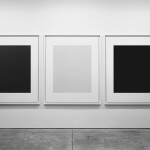
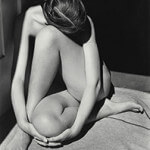
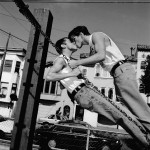
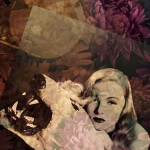
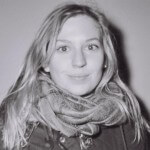 Marina is a freelance journalist and culture writer based in London and an analogue photography enthusiast. She holds a Journalism degree from City University.
Marina is a freelance journalist and culture writer based in London and an analogue photography enthusiast. She holds a Journalism degree from City University.